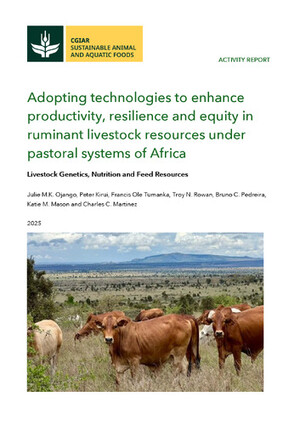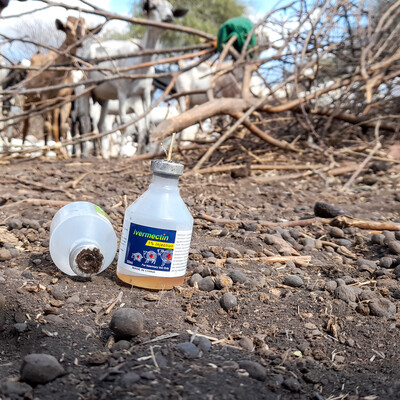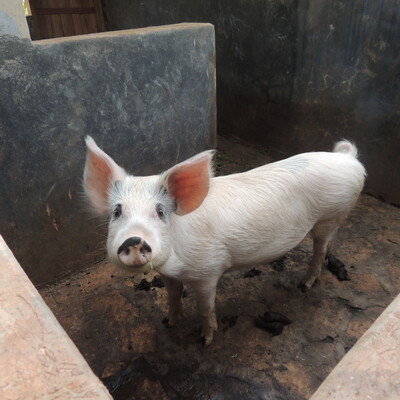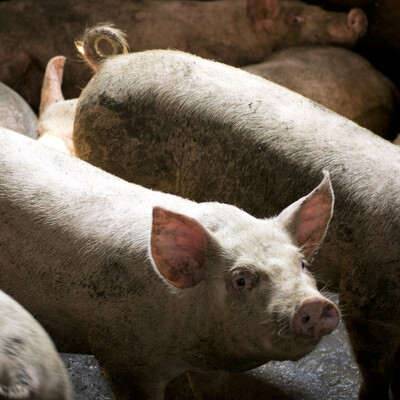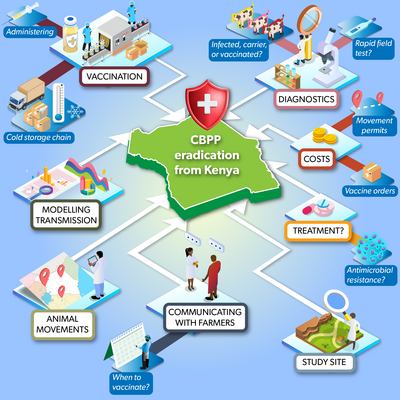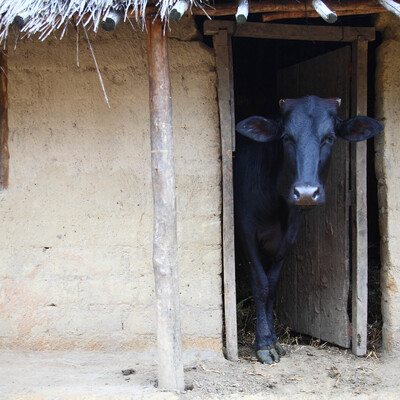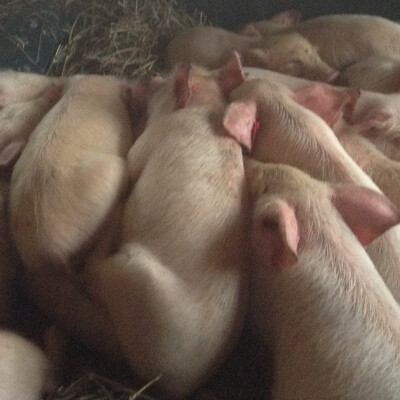
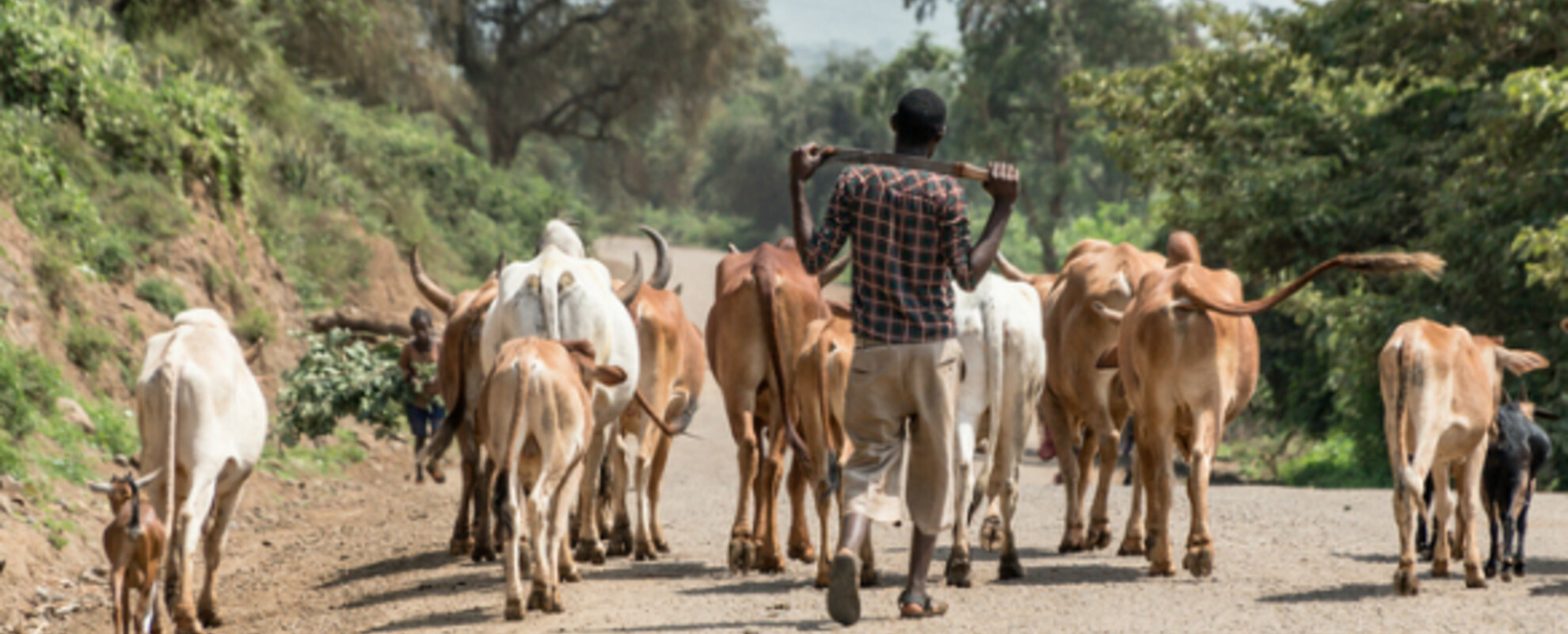
GBADs launches new guide for assessing global impact of animal diseases
Posted on
The Global Burden of Animal Diseases (GBADs) program has recently unveiled a pivotal technical guide aimed at elucidating the economic impact of diseases on livestock and aquatic species. This release marks a significant stride in global animal health, given that farmed animals constitute 40% of the value of global agriculture and support the livelihoods of approximately one fifth of the world’s population. The prevalence of livestock and aquatic animal diseases profoundly affects global health and economies, making this guide an invaluable resource.
‘Those using the methods laid out in the guide can begin to better understand their livestock populations at risk and to conduct assessments of the burden of disease in those populations. This will, in turn, provide more accurate information for decision makers and enable better allocation of resources, supporting improved animal welfare, food security, and economic stability. Additionally, the guide is an entry point for engaging with the GBADs program, offering opportunities for collaboration and assistance in disease burden assessments,’ said Ellen Hughes, of the University of Liverpool.
Established in 2021 and led by the University of Liverpool, GBADs is an international programme dedicated to providing a systematic framework for assessing animal disease burdens. The initiative brings together a diverse array of experts to develop robust and transparent methodologies for understanding and mitigating the impacts of these diseases.
One of the standout features of the GBADs framework is the Ethiopia country case study, which was spearheaded by the International Livestock Research Institute (ILRI). Theodore Knight-Jones, principal scientist at ILRI highlights the significance of this work:
‘Within the GBADs framework, ILRI leads the Ethiopia country case study. This initiative has pioneered innovative methods for estimating the impact of livestock diseases, as detailed in the newly released GBADs technical guide. Given that livestock contribute to 20% of Ethiopia's gross domestic product this work is crucial.
‘In collaboration with the Ethiopian Ministry of Agriculture and the broader GBADs consortium, the economic impact of livestock diseases in Ethiopia has been quantified, with findings soon to be published. Furthermore, ILRI has taken the lead on the GBADs work package focused on prioritization, and oversees research into the economic value of working equids.’
‘The newly released GBADs Technical Guide is a monumental step forward in understanding the economic impact of livestock and aquatic diseases on a global scale. The program’s international collaboration and multi-institutional structure brings together expertise from multiple fields, ensuring that the methodologies are robust, transparent and widely applicable. This collaborative approach allows GBADs to address the complexities of animal disease burdens effectively and provides valuable tools for stakeholders worldwide,’ said Wudu Temesgen, veterinary epidemiologist at ILRI who led the analysis for GBADs Ethiopia.
Launched on 31 July 2024, the GBADs technical guide offers a central point of reference for conducting animal disease burden estimations using methods from the GBADs analytical framework. The chapters provide guidance for researchers, veterinary services and other interested parties on implementing and interpreting GBADs methodologies.
‘The GBADs technical guide: a working document’ is a downloadable document covering the five key methodologies currently used in GBADs analyses:
Livestock biomass
Methods to estimate the total liveweight of all animals in the population at risk. These can be used for per unit (kg) comparisons of disease burdens, livestock value, antimicrobial use and much more.
The economic value of farmed animals
GBADs methods to calculate the monetary value of farmed animals and their outputs. Knowing the economic value of farmed animals is crucial for making informed decisions about disease management and investments in livestock health.
The Animal Health Loss Envelope (AHLE)
This is a new GBADs metric to assess the overall loss in production and animals, and the expenditure on veterinary services and products, due to disease. It is calculated by comparing the value of farmed animal production under current animal health conditions versus an ideal state of health. The AHLE creates a boundary when assessing farm animal disease burdens.
Attribution to specific causes
The AHLE needs to be attributed by general and specific causes to understand which interventions should be prioritized. The methods presented allow attribution by specific causes and outline how to deal with comorbidity (where animals are affected by more than one cause at a time) to prevent over-estimation of losses.
The wider economic impact of animal disease burdens
The wider economic impact chapter introduces the economic models used by the GBADs program to understand how overall economic activity is affected by livestock disease burdens and who across the economy is affected.
The guide is a living document that will evolve as current GBADs methods are refined and new methods developed.
For more details and publications, see https://hdl.handle.net/10568/111549
For more information and to download the GBADs technical guide, visit the GBADs website.
You may also like
Related Publications

Mastitis in goats: A comprehensive systematic review and meta-analysis of prevalence and the pathogens
- Tibebu, A.
- Teshome, Y.
- Tamrat, H.
- Bahiru, A.
- Yitbarek, T.
- Moliso, Mesfin M.
- Assefa, Ayalew

Review and comprehensive analysis of knowledge, tools, and implementation gaps for the control of contagious bovine pleuropneumonia
- Manso-Silván, L.
- Amanfu, W.
- Apolloni, A.
- Comtet, L.
- Heller, M.
- Muuka, G.M.
- Rafi, L.
- Rich, Karl M.
- Sacchini, F.
- Schieck, Elise
- Totté, P.

Overcoming Newcastle disease in rural family poultry: evaluating vaccine efficacy and field challenges in Burkina Faso
- Ouedraogo, A.
- Dione, Michel M.
- Ouoba, L.B.
- Ilboudo, Guy S.
- Ouedraogo, Brice
- Mungadi, H.U.
- Alders, R.

Disease risks for restoring endangered Sahelo-Saharan antelope: A literature review
- Ellis, L.
- Yu, J.H.
- Mertes, K.
- Cox, S.
- Desamours, I.
- Abakar, M.F.
- Pesci, M.E.
- Sikli, L.
- Cook, Elizabeth A.J.
- Zimmerman, D.



